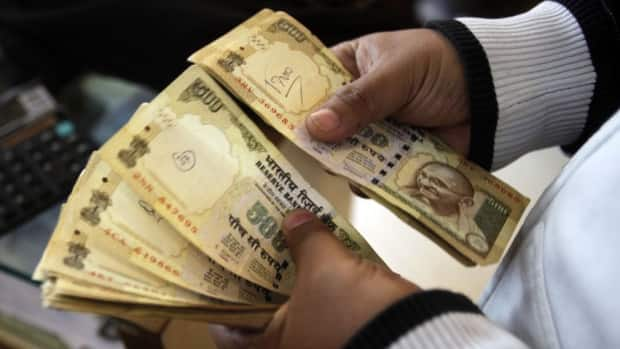Indian indices have grown exponentially since the beginning of the calendar year. The BSE Sensex has risen by over 12% in the past three months and even touched its all-time high of 30,000 last week.
The Sensex has rallied amid positive macroeconomic cues and foreign portfolio investor (FPI) inflows. The rally meant that the Indian stock markets have outperformed major global stock indices.
Another such outperformer has been the Indian Rupee. The rupee is currently valued at around Rs 64.50 per US $. At the current levels, the rupee is valued close to its 20-month high.

This signals a sharp turnaround from the post-notebandi levels of as much as 68.80 per US $. The Rupee has surged over 5% since the beginning of the calendar year and is showing no sign of slowing down.
In a poll of leading forex traders and strategists conducted by The Economic Times, a majority of those polled believed the local currency could appreciate to 63 in the next month or so before dropping to 65 by June. It may end the year around the 63 mark, although the possibility of further appreciation cannot be ruled out.
This marks a dramatic turnaround in trader sentiment since November last year when many expected the rupee to trade at 70 to the dollar, at a time when global markets were betting on the greenback gaining strength following Donald Trump’s victory.
The rupee has surged on the back of strong economic and political reforms including the tabling of the GST and the only mildly adverse effect of demonetization.
Market participants don’t see the rupee losing steam, however, as the implementation of GST (goods and services tax), hopefully, a resolution of bank’s bad loans problem and a healthy, sustainable, and investable economic environment will help the rupee appreciate even more.
Along with other expected reforms, this could all culminate into a sovereign rating upgrade adding to overseas investment inflows.









Leave A Comment